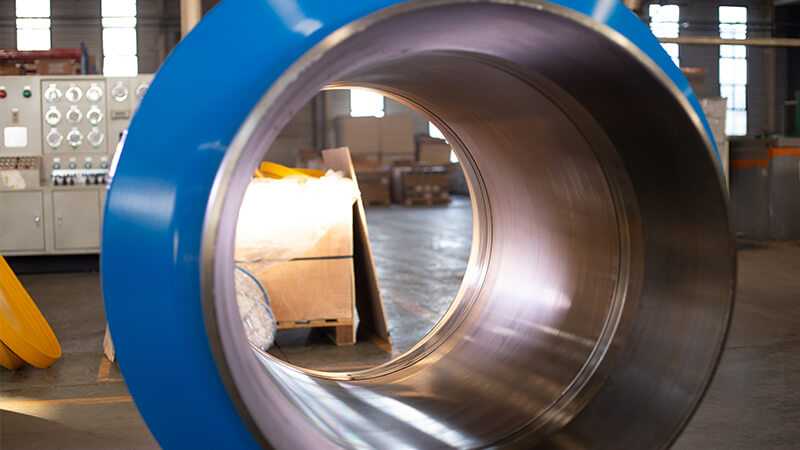The flow and velocity of the valve mainly depend on the diameter of the valve, and also the resistance of the valve structure to the medium. At the same time, it has a certain internal relationship with the pressure, temperature and medium concentration of the valve.

What is the relationship between the two?
The flow area of the industrial valve has a direct relationship with the flow rate and velocity, and the flow rate and velocity are two interdependent quantities. When the flow rate is constant, the flow velocity is larger, the flow channel area can be smaller; the flow velocity is smaller, the flow channel area can be larger. On the contrary, the flow channel area is large and the flow velocity is small; the flow channel area is small and the flow velocity is large.
The velocity of the medium is large, the valve diameter can be smaller, but the resistance loss is large, and the valve is easy to damage.The high flow rate will cause an electrostatic effect on flammable and explosive media, causing danger. For the medium with high viscosity and explosive, the flow rate should be smaller. The flow rate of oil and liquid with high viscosity is selected according to the viscosity, generally 0.1~2m/s.
In general, the flow rate is known, and the velocity can be determined empirically. The nominal diameter of the valve can be calculated through the velocity and flow rate.
The valves have the same diameter, different structural types, and different fluid resistances. Under the same conditions, the greater the resistance coefficient of the steel valves, the more the velocity and flow rate of the fluid through the valve decrease;
List of common flow rates of various media
| Fluid name | Conditions of Use | velocity of flow (m/s) |
| Saturated Vapor | DN>200
DN=200~100 DN<100 |
30~40
25~35 15~30
|
| Superheated steam | DN>200
DN=200~100 DN<100 |
40~60
30~50 20~40
|
| Low-pressure steam | P<1.0(Absolute pressure) | 15~20 |
| Medium pressure steam | P=1.0~4.0(Absolute pressure) | 20~40 |
| High-pressure steam | P=4.0~12.0(Absolute pressure) | 40~60 |
| Compressed gas | Vacuum
P≤0.3 (Gage pressure) P=0.3~0.6(Gage pressure) P=0.6~1.0(Gage pressure) P=1.0~2.0(Gage pressure) P=2.0~3.0(Gage pressure) P=3.0~30.0(Gage pressure) |
5~10
8~12 10~20 10~15 8~12 3~6 0.5~3 |
| Oxygen | P=0~0.05(Gage pressure)
P=0.05~0.6(Gage pressure) P=0.6~1.0(Gage pressure) P=1.0~2.0(Gage pressure) P=2.0~3.0(Gage pressure) |
